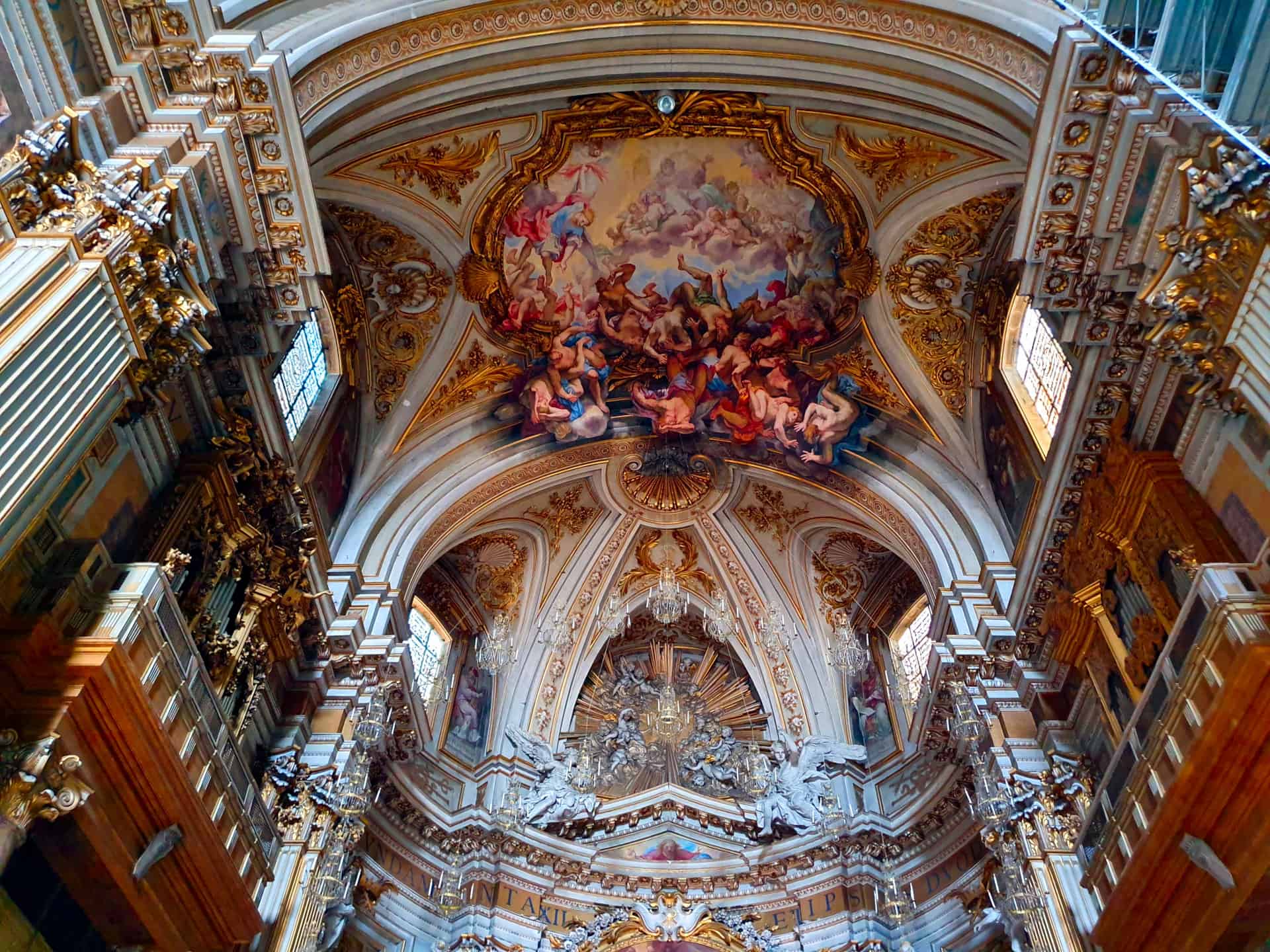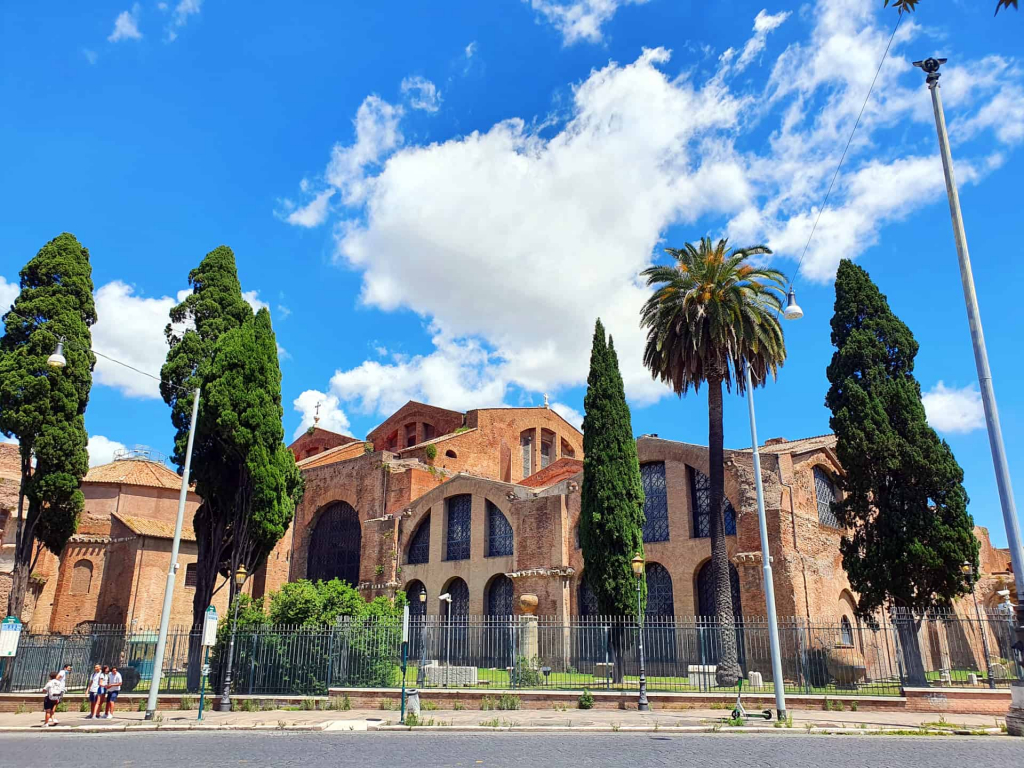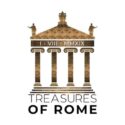
Archangels – Michael – Gabriel – Raphael
Archangels play an important role in Christianity, manifested most notably in the stories of Gabriel, Michael, and Raphael in the Bible. From Michael’s fight against Satan to Gabriel announcing the birth of Jesus Christ, archangels are deeply intertwined with many of Christianity’s key stories.
Archangel (ancient Greek ἄρχω archo – to rule, manage and άγγελος ángelos – messenger) in the Judeo-Christian tradition, means an angel of a higher order who performs special tasks for God.
The so-called The Qumran manuscripts mention three, in the rabbinic tradition six or seven, and in the Jewish apocalyptic and Christian tradition seven archangels. As part of church history, Pope Gregory the Great (540-604) listed seven of them: Michael, Gabriel, Raphael, Uriel, Simiel, Orifiel, and Zachariel. However, only Michael, Gabriel and Raphael are the three angels that are venerated as saints in the Catholic Church.
On September 29, the church celebrates the feast of the three archangels mentioned in the Bible: Michael, Gabriel, and Raphael.
According to Catholic teaching, angels are personal, God-created beings who “always look on the face of the heavenly Father” (Mt 18:10), and are direct witnesses to his great deeds and proclaim his glory (Greek “angelos” means messenger).
Unlike humans, angels are not attached to the body. They are pure souls, and possess greater power over matter than man, and a greater capacity for cognition.
The most common classification (dates back to the De coelesti hierarchy of the Pseudo-Dionysius the science of angels and generally angelology) classifies angels into three, i.e. nine ranks. That follows certain hierarchies from which they draw peculiar characteristics. The eighth rank is archangels and among them are Michael, Gabriel and Raphael.

The Archangel Michael defeats Satan by Guido Reni in Santa Maria della Concezione (Rome)


Archangels revering the Holy Trinity in Il Gesù (Rome)
Archangel Michael in the Hebrew language means “Who is like God?” or “Who is equal to God?” (Latin: “Quis ut Deus”)
Michael is among the most recognizable of the archangels in Christianity and has been referred to as both a guardian of Heaven, and the leader of God’s heavenly armies.
The liturgy very clearly emphasizes the triple activity of Saint Michael in the service of the Church. He is a fighter, a suppliant and a companion. The most important text about Saint Michael is the one from Revelation.
The church has had great reverence and deep devotion to St. Michael since ancient times. It sees him as a powerful angel, who is permanently present. The oldest worship of Archangel Michael was recorded as early as the 4th century.
According to the Bible, at the beginning of God’s creation, Michael was the leader and victor in the fight against the rebellious angels led by Lucifer (Satan). According to liturgical texts, Michael is the guide of souls to paradise. The old writers called him the “scavenger of souls” at the Last Judgment, and iconographers painted him with a scale in his hand. He is also depicted as the “commander of the heavenly army” with a flaming sword or spear, and in the Middle Ages in the military equipment of the time: armor, helmet, shield and spear.
Usually in the heat of battle, surrounded by other angels, he defeats Satan and throws him into hell.
The view of Michael as a healer continued in Rome; after the plague the sick slept at night in the church of Castel Sant’Angelo (dedicated to him for the salvation of Rome), waiting for his manifestation. In general, Michael is revered as a defender and protector of the faith and the Church. As his patron, he is especially honored, in connection with his role, by soldiers and policemen, then by pharmacists, merchants and bakers.

Archangel Gabriel – (Hebrew גַּבְרִיאֵל gavri’ēl, “Strength of God” or “God’s power”) – Hero of God.
Archangel Gabriel appears in the Bible as a messenger of God’s decisions. His primary role is to deliver important news and revelations to individuals on earth.
In the Old Testament, he explains to the prophet Daniel the vision of the ram and the goat (Dan. 8: 16-26) and the meaning of the seventy years (Dan. 9: 21-17). In the New Testament, he announces to the priest Zechariah the birth of John the Baptist (Luke 1: 11-20), appears to Mary and announces the birth of Jesus (Luke 1: 26-38). Until the reform of the Catholic calendar (1969), Gabriel’s calendar memorial was on March 24, the day before the Feast of the Annunciation. He is now with Michael and Raphael, Sept. 29.
In iconography, he is most often depicted as a herald with a lily in his hand. In 1951, Gabriel was proclaimed the patron saint of telecommunications and intelligence in the Church. He is the patron of messengers, postmen and philatelists.
Archangel Raphael – (Hebrew רפאל refa’ēl, “God heals”) – a healer. According to tradition, Raphael is said to have been empowered by God to heal physical, emotional, and spiritual wounds.
He was the companion of young Tobias and cured his father of blindness with the help of fish bile.
Archangel Raphael is mentioned in the Bible only in the Book of Tobias, as a companion on the journey, protector and advocate of young Tobias. By God’s command, he overcomes the evil demon Asmodeus and heals Tobias’ father.
Raphael is the patron saint of pharmacists, emigrants, pilgrims, travelers, ship-owners, miners, roofers.
Angels in the fine arts are imaginative, so they are usually depicted as beautiful creatures, resembling young men or children, with wings. The wings are a symbol of their undisturbed mobility and detachment from time and space. In the earliest depictions, from early Christian times, angels have no wings. Painters did not start adding this label to them until the 4th century.

Archangel Michael expells the fallen angels from heaven in Santi XII Apostoli (Rome)

Treasures of Rome – Rome Guided Tours
Roberto Alois Lautenschlager Kung
[email protected]
Partita IVA: 17002181000
“ROMA AETERNA EST”
Rome is eternal – (Albius Tibullus)






